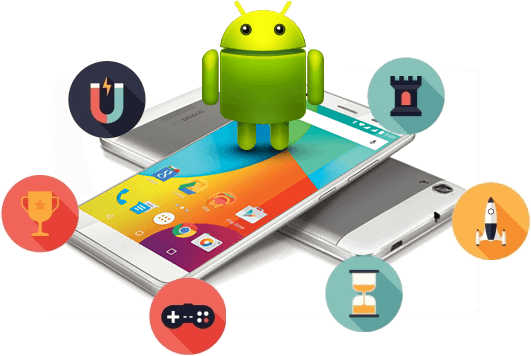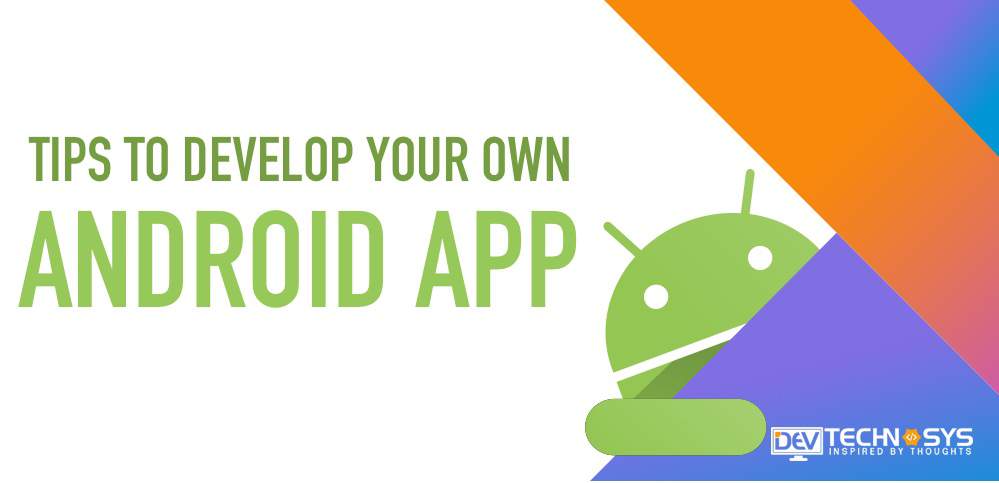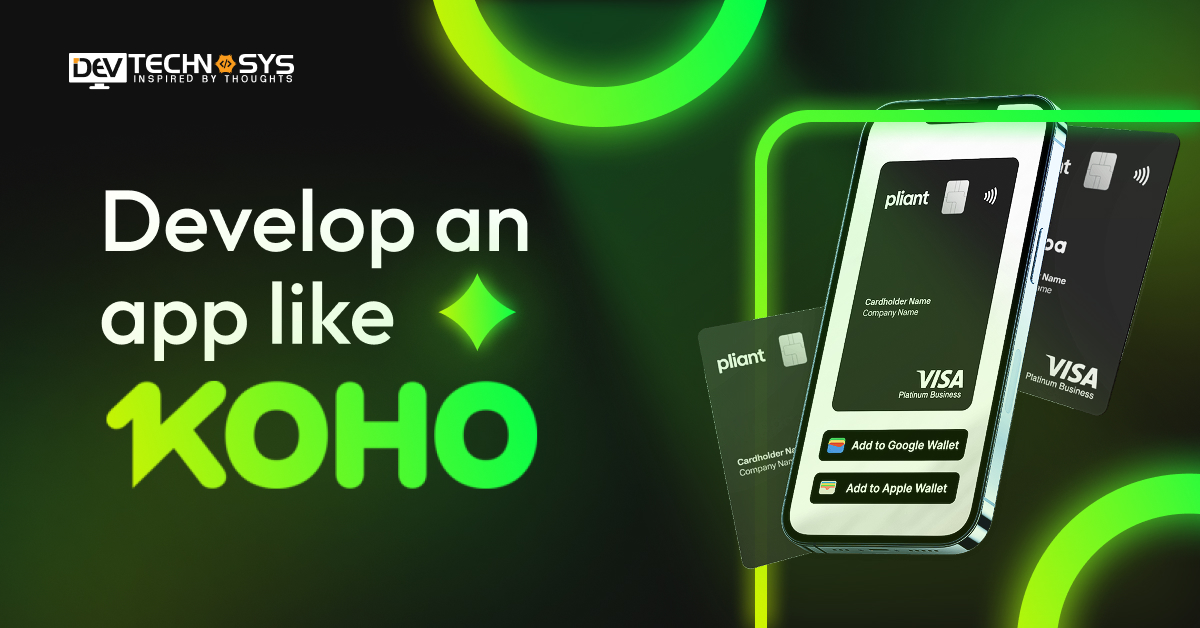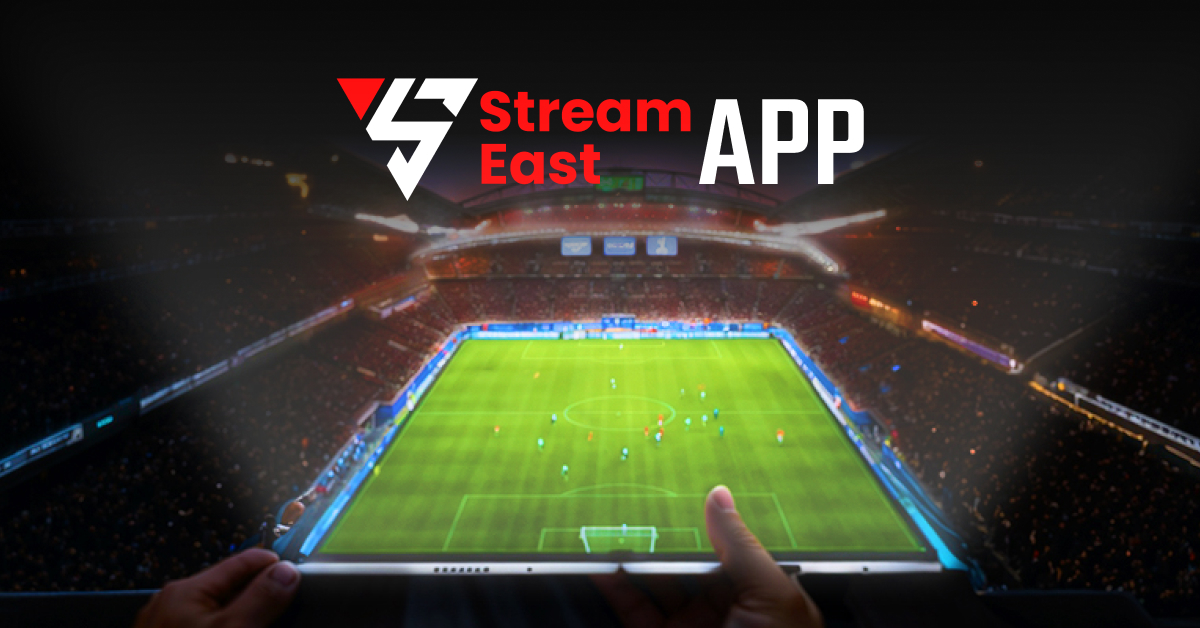A wonderful user experience for users using apps has grown more vital as a result of the industry-wide transformation in mobile devices. When discussing smartphones, Android is the operating system that is most frequently mentioned. Smartphones are only so common because of Android, which has more than 80% of the global market.
Both users and developers find it simple to get started with Android. Since the operating system is an open-source technology, it may be modified to create brand-new, intriguing possibilities.
However, in order to produce superior offerings for customers, android app developers are constantly searching for fresh ideas. To guarantee that the consumer has a great experience, various obstacles must be solved during the development phase.
Thus, we’ve listed a few of the most crucial tips to develop your own Android app below for folks to think about.
Tips to Develop Your Own Android App
As per the Android development company, below are the essential tips to develop your own Android app. So let’s check out:
1. Android Design Guidelines – Read About Them!
You don’t always have to reinvent the wheel in order to create a great application. You can follow the Android Design Guidelines. The Android Design Guideline contains a collection of tips and techniques that will help you create visually appealing Android apps.
The Android Design Guideline covers everything, from the layout basics to how UI components should look and function. The Android Design Guidelines, for example, recommend rounded corners on UI buttons. The Android Design Guidelines also say not to use more than two icons on a button.
Android Design Guidelines makes app development easy, as you do not need to rely solely on trial-and-error. You can get a pleasing, intuitive UI by following these principles. As a developer, you must be knowing the top android frameworks for better results.
You can also use guidelines to achieve a uniform look that is easily recognizable by any Android user. It will make it easier for them to use your app with a minimum of learning curves. This can improve retention rates. Even a small change in UI can jar a customer, even if the user can’t pinpoint why. This can create mental friction and hinder the user’s experience.
2. Stay Up to Date with the Latest Android Trends
Android app development is constantly changing. As a team leader or Android app development services provider, your job is to stay on top of these changes. Google, for example, releases regular updates to its Android Software Development Kit. It may have novel tools or functionalities that you may implement into your app.
They also fix security flaws that could compromise the safety of your app. Your users will be at greater risk of hacking and exploits if you don’t have them. You should also keep up with the latest android app development trends.
You may even employ new technologies to obtain a competitive advantage. Google Instant is an excellent starting point. This new method does not require you to install the Android app first. The app could be loaded instantly by clicking a link in a web browser. It is possible to do this because Instant Apps are segmented so that they can be loaded in parts.
Instant Apps remove the lengthy process of downloading an app. They are as quick and responsive as a website. This could improve retention rates. This is also a marketing tool because it allows customers to test your software before downloading it.
Apps that are compatible with foldable devices is another trend. Foldable devices have a different design than traditional flat screens, which presents new challenges and also allows for innovative user interfaces.

3. Build your Architecture From the Bottom Up
It is the app’s internal wiring. It describes the way in which different components are connected and arranged. It is important to choose the right architecture because it will make your app easier for you to maintain and update.
You can use this if you want to expand your app and add new features or handle more users. Most developers build apps without considering the architecture. The result is a mess of code that’s hard to read and understand.
You must take assistance from a mobile application development company who can decide on your architecture and implement it before you build the app. The MVP model is one of the most common Android app architectures. MVP stands for Model View Presenter. The framework is made up of three major components. The Presenter module contains the core application logic.
This component is connected to the Model component which handles data. You can use this component to retrieve and write data from and to sources such as databases, JSON objects, or other platforms via API calls.
The View model is the UI. It receives user input, and sends it to the Presenter Module for processing. Its simplicity and modularity are the main benefits of MVP architecture. The View controller can be easily changed or edited without affecting the two other components. The MVP architecture is popular but it’s not the only one available. This article will give you an overview of other architectures that you can use.
4. Optimize Your Application Without Sacrificing its Quality
It is important to ensure that your app performs at its best to make it as enjoyable as possible to use. Who wants to use an application that takes minutes just to load? It is preferable to find a happy medium between efficiency and quality. You don’t need to sacrifice core features to speed up your app.
If, for example, an animated navigation bar slows down your app while making it easier to use, it might be better to find a faster solution instead of eliminating it.
However, you can hire Android app developers to track the performance of your Android app using key metrics. You should strive for app loading times under three seconds. This may be accomplished in a variety of methods, including the use of appropriate coding techniques and the compression of huge data. Crash rate is also a critical metric.
Too many crashes indicate that an application is unstable and inferior. Qualitrix recommends that you ensure less than 1% (or all users) experience a crash.
5. Ensure Compatibility with Multiple Devices
Device fragmentation is one of the greatest challenges in developing for Android. Android’s openness is the reason for fragmentation. Any firm can adopt Android into their devices and systems.
This means that there are many different hardware specifications, screen sizes, and device types on the market. It’s a nightmare for Android developers. This is because it’s more likely that an app will be incompatible with some devices.
For example, an interface may not work on a smaller display, or certain hardware specifications might prevent a game from running. Even worse, some older devices may have security vulnerabilities that can compromise the stability of your application. It’s important to test your app across a variety of devices in order to make sure it works. The Android emulator makes it easy to do this.
This program allows you to simulate different Android devices including their resolution and hardware specifications. Then you can run your applications on them to see how well they perform. You can run two virtual devices at the same time and make them communicate using Bluetooth. It is useful when testing features that are dependent on connectivity.
6. Test Your App on Low End Mobile Devices
We discussed in the previous section the importance of testing your application on different devices to ensure compatibility and combat fragmentation. It’s important to test your app on the cheapest device that you intend to use to launch it.
It is logical to assume that if your app can be optimized so it runs well on older devices, it will also perform flawlessly on the newer ones. If you want your app to reach more people, this is crucial. In poorer developing countries, people tend to use older phones that have lower specs.
If you’re looking to reach this market, it is essential that you test your app on these devices. However, you can hire the testers and quality analysts from the best Android app development company who can thoroughly perform testing. This is especially true for resource-intensive applications such as 3D gaming. You may then decide the lowest specification you can employ without jeopardizing the game’s integrity.
7. Debug Your App Properly
You should give priority to testing and debugging as the most important phase of app development. Even a single fatal error in your app could lead to its failure. Android Studio’s integrated development environment (IDE) is a powerful debugging tool that can help you streamline the process.
Breakpoints are one such feature. You can place breakpoints in your code to stop it during runtime. This will allow you to inspect variables, methods and other items in your code in that state. Android Studio allows you to modify the value of variables during runtime, without stopping and recompiling the code.
This can be useful to quickly evaluate how your code performs under certain conditions or test if your error-catching procedures are effective. Appium and Selenium are automated tools that can help you find bugs faster.
8. Listen to And Ask for User Feedback
Apps exist to satisfy one single purpose: the end user’s needs. The best way to improve your app is to listen to and get feedback from users. Android 10 users have a wealth of information. You can learn what is wrong with your application, how to fix it and which features you need to add.
You can get feedback in many ways. You can encourage users to leave feedback and reviews on your app store page by using a pop-up in the app. Surveys, questionnaires, and focus groups are examples of market research methodologies that may be used to obtain input from specific users.
These tips to develop your own android app allow you to ask more questions and gain deeper insights. It doesn’t matter how you receive feedback; it is important to act on it. It shows you’re interested in improving the app experience for your users.
Things to Consider During Android Application Development
Now that you understand the tips to develop your own Android app, you should know some factors while developing the Android app. Apps that are more popular and keep people coming back are successful. So, below are the things to think about when developing an Android app are:
● Engage Users
It is important to market your app in order to get more downloads from the Play Store, but it is also essential that your users continue using your app. Engaged users are more likely than others to leave good reviews or make in-app purchases. You can do this by sending targeted campaigns via e-mails, SMS or push notifications. Also, by being proactive, and pushing regular updates that fix the problems people are facing.
● Optimize Apps to Provide More Value
Following the launch of your app, it is critical to do a thorough data analysis. You can learn a lot about app usage and how users interact with it by studying the patterns. Your ultimate goal as a developer should be to optimize your app to achieve a higher customer lifetime value.
● Measure Success
It is crucial to measure the success of your app once it has been launched and widely used. You should measure the number of downloads and active users as well as the most popular features. You can then get a better idea of the market’s reception and overall demand for your app. In some cases, you may even plan a second app, which could be a companion productivity or game app.
● Re-evaluate, Grow
Apps that are static have never been successful. To improve the app, developers must constantly work to make it better. The app should evolve with the changing behavior of customers. Re-evaluation can take the form of a new value path, a target audience or redefining app flow based on customer feedback. To grow an app, one must be able to think critically, innovate and have better ideas.
Cost to Develop Your Own Android App
The cost of developing an Android app also relies on the app’s features and functioning. We’ve put up a table with mobile app development cost estimates based on the type of app, development timeline, and pricing to better assist you understand the usual cost to develop a mobile app.
Different Types of Android Application |
Android App Development Timeline |
Approx. Cost of Android Application Development |
|
Simple |
3 to 5 months | $8,000 to $11,000 |
| Medium | 6 to 10 months |
$12,000 to $20,000 |
|
Complex |
10+ months |
$21,000 to $25,000 |
The development phase includes putting functionality, back-end infrastructure, and other UI/UX components into place in accordance with your specifications. In addition, post-deployment activities like app advertising and maintenance expenses should be taken into account.
Conclusion
In the ever-changing world of Android app development, these tips to develop your own android app act as helpful stepping stones. Making an app requires commitment, but your vision could come true.
So, if you’re looking for a higher level of expertise, you might want to think about working with a reputable and the top Android app development companies to speed up your journey. Remember that your invention may soon be seen on millions of screens across the globe, whether you select the Personal way or pay a professional.
Frequently Asked Questions
1. How Much Does it Cost To Hire Android App Developers?
The cost to hire Android app developers relies on multiple variables. Usually, the cost will be around $15-$25 per hour and it can go beyond their level of expertise.
2. How Much Time Does It Take To Build an Android App?
The time required to build your own android app from scratch is typically between 4-6 months. However, this schedule is based on the project’s complexity and size. The development of an app can possibly need nine or more months if its complexity rises.
3. How Much Does it Cost to Host an App on the Apple App Store?
Obtaining a developer account for hosting an application on the Apple App Store costs $99 annually.
4. How Much Does it Cost to Host an App on Google Play Store?
The lifetime registration price for Google Play Store is $25. One must pay 30% of any purchase made here. After a year, this fee for subscription applications will, however, drop to 15%.
5. How Much Does it Cost to Maintain an App?
In general, the maintenance cost of mobile app might range from 15 to 20 percent of the overall cost of creation. For instance, $5000 to $7000. A current mobile application needs to be maintained just as much as it needs to be created. This is due to the fact that it has several moving parts.





























